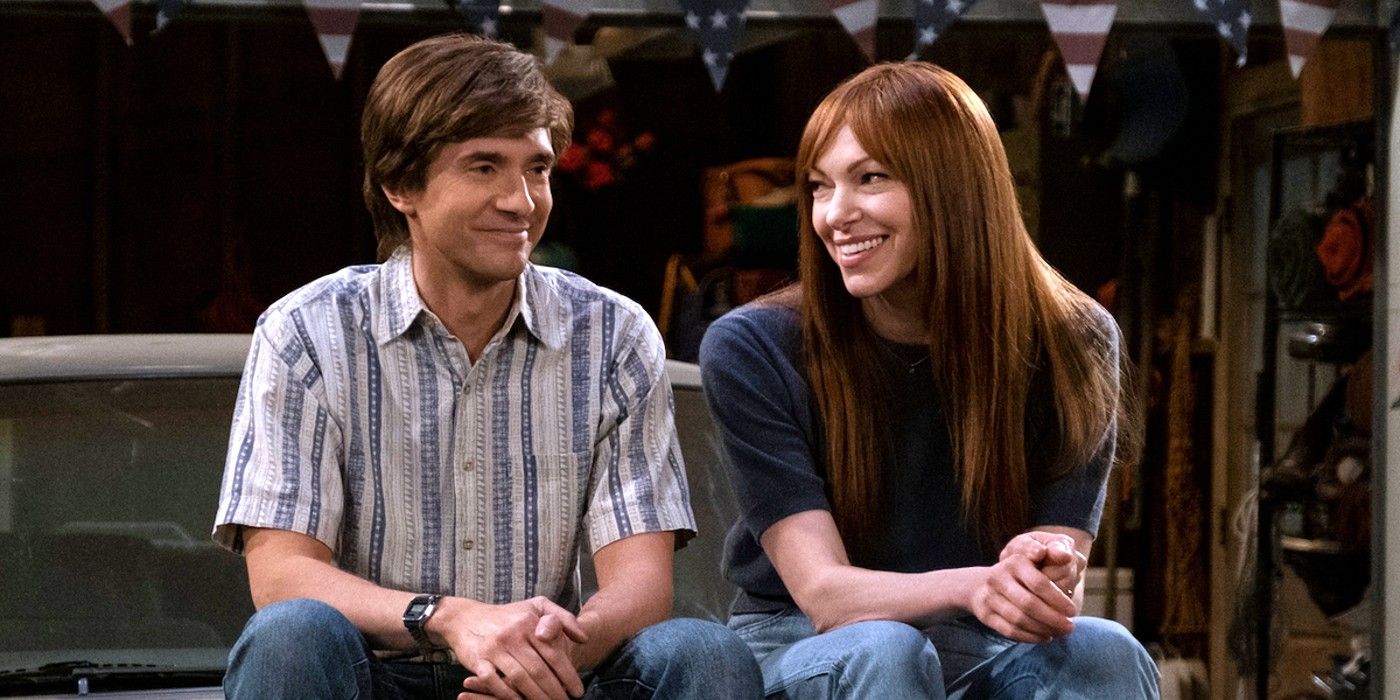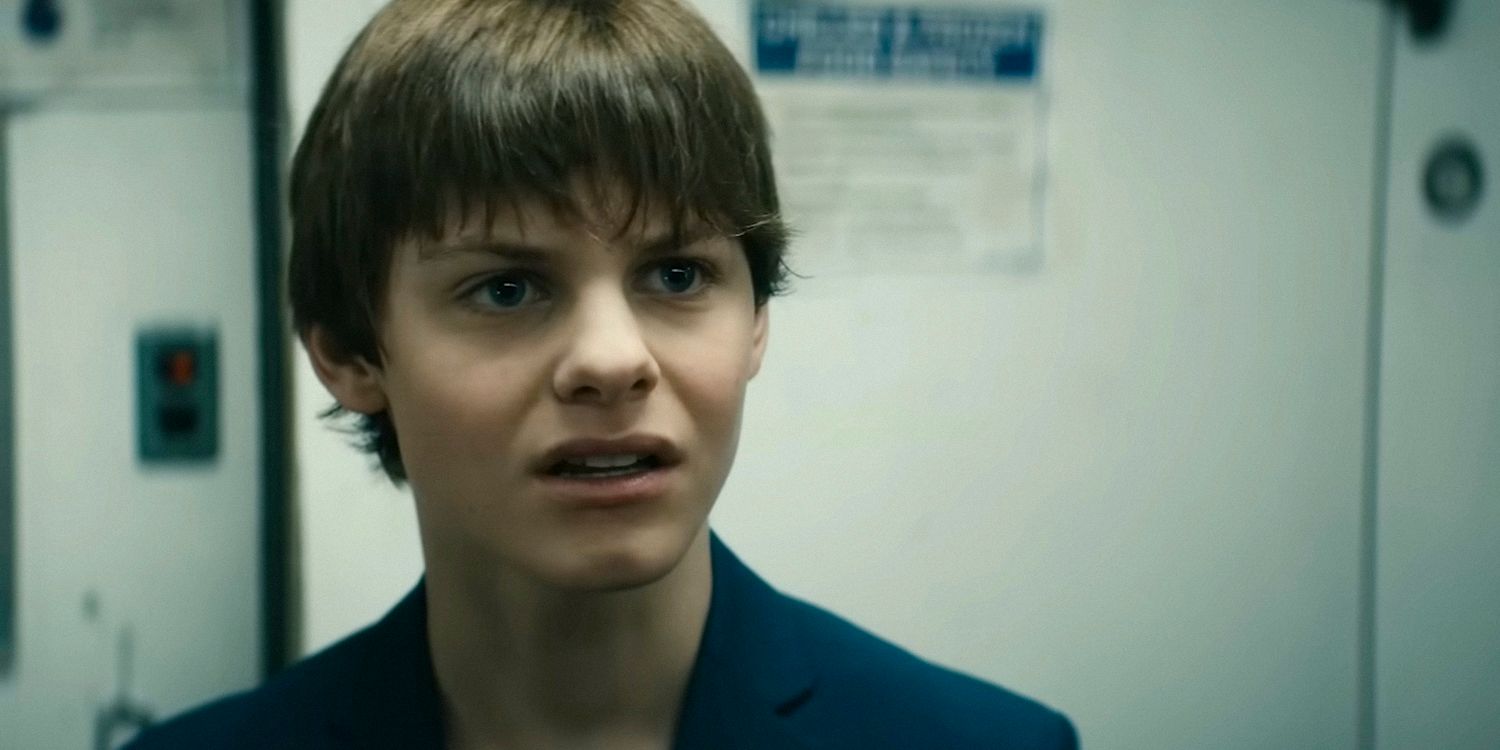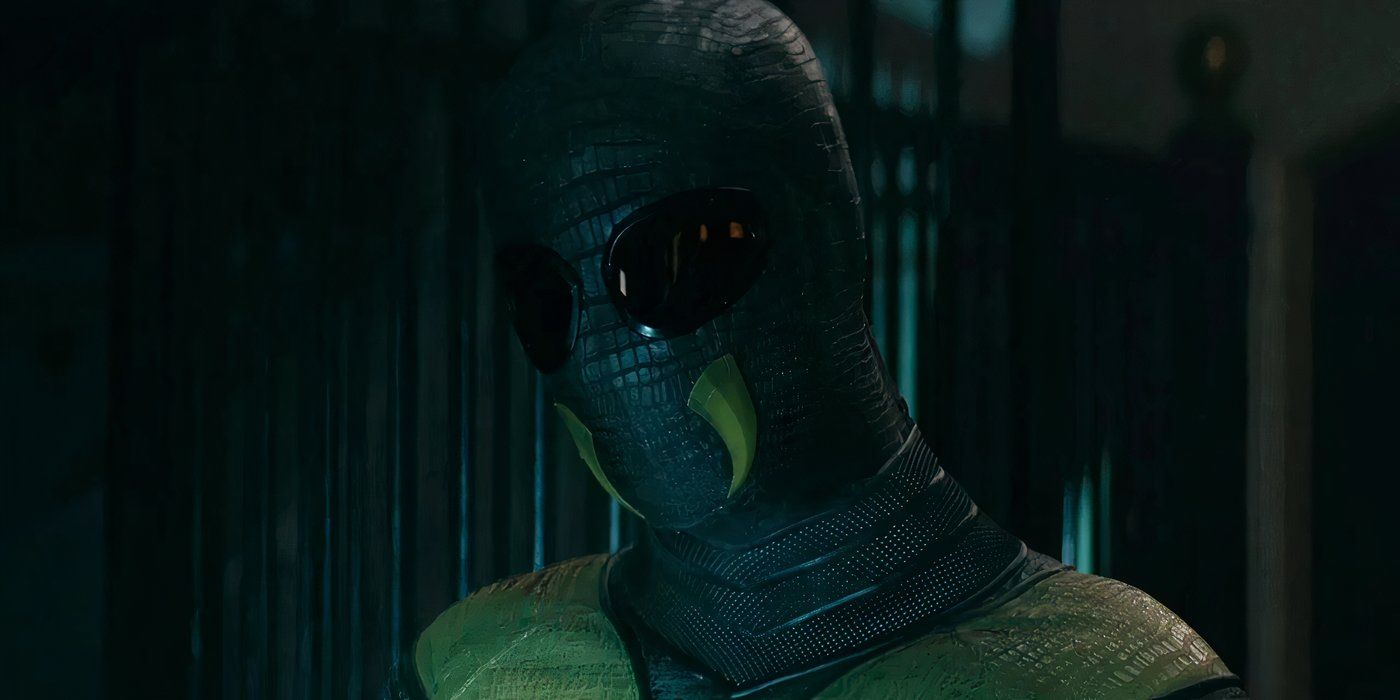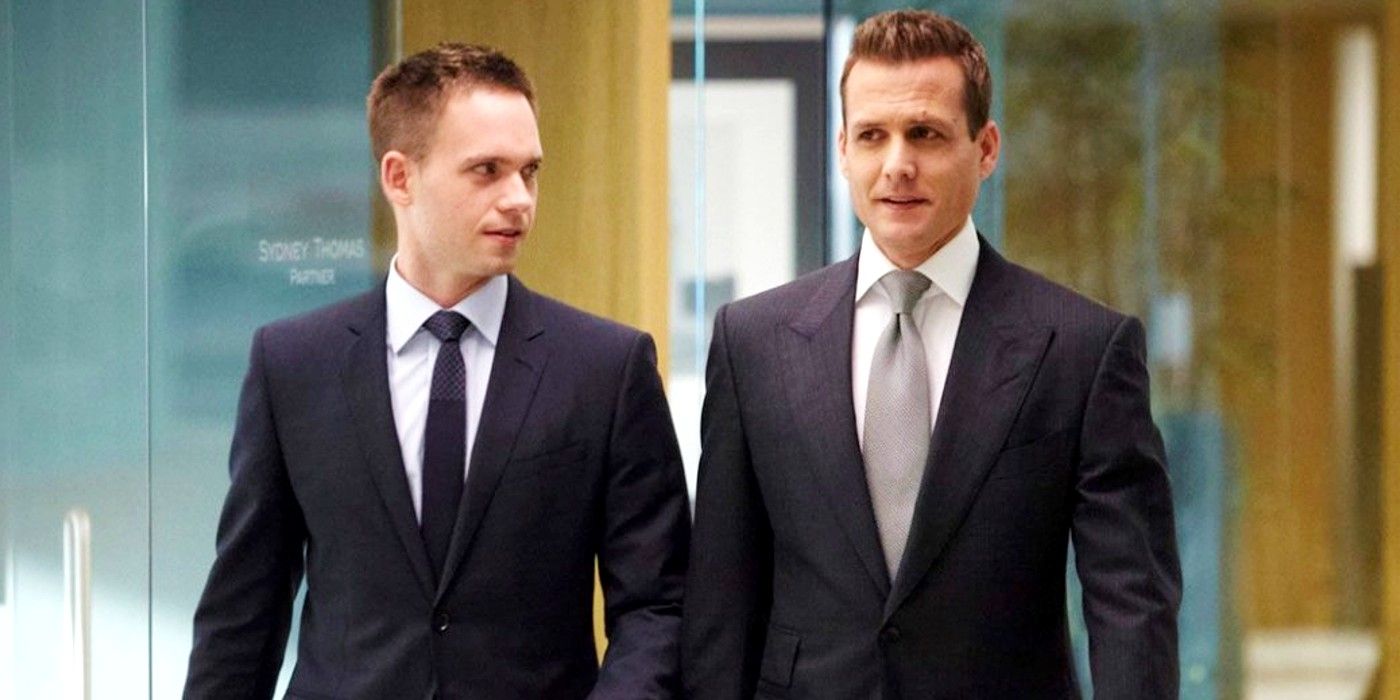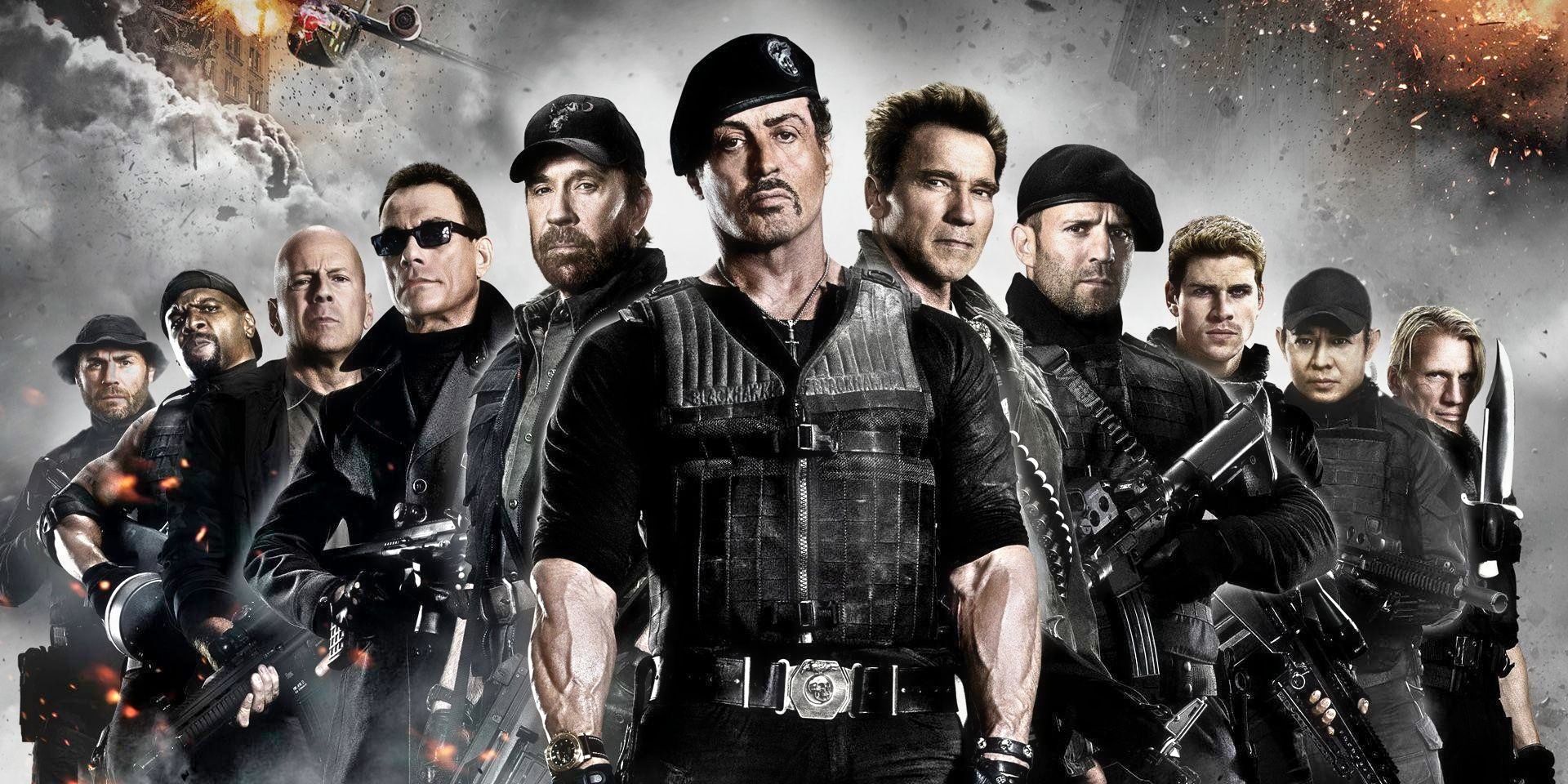How does every major horror movie of 2020 rank from worst to best? 2020 has not been a phenomenal year for horror, although the year witnessed a host of promising indie ventures, such as the likes of The Vast of Night and Sea Fever.
Due to a shift to online streaming, movie-viewing experiences, especially that of the horror genre, were imbued with an added sense of unease, owing to the visceral, real-life horrors that plague the world now. Nevertheless, the horror genre has always been an incredibly complex one, offering solace despite its haunting, bone-chilling roots, bringing about catharsis, which is essentially the purging of pity and fear.
While streaming allowed horror offering of diverse themes to shine forth, the most anticipated entries from major studios got pushed back by the pandemic, including A Quiet Place Part II and The Conjuring 3. However, some of the offerings from these studios found homes on prominent streaming platforms and VOD for audiences to enjoy while staying safe at home. Here is every major horror movie of the year, ranked.
15. The Grudge
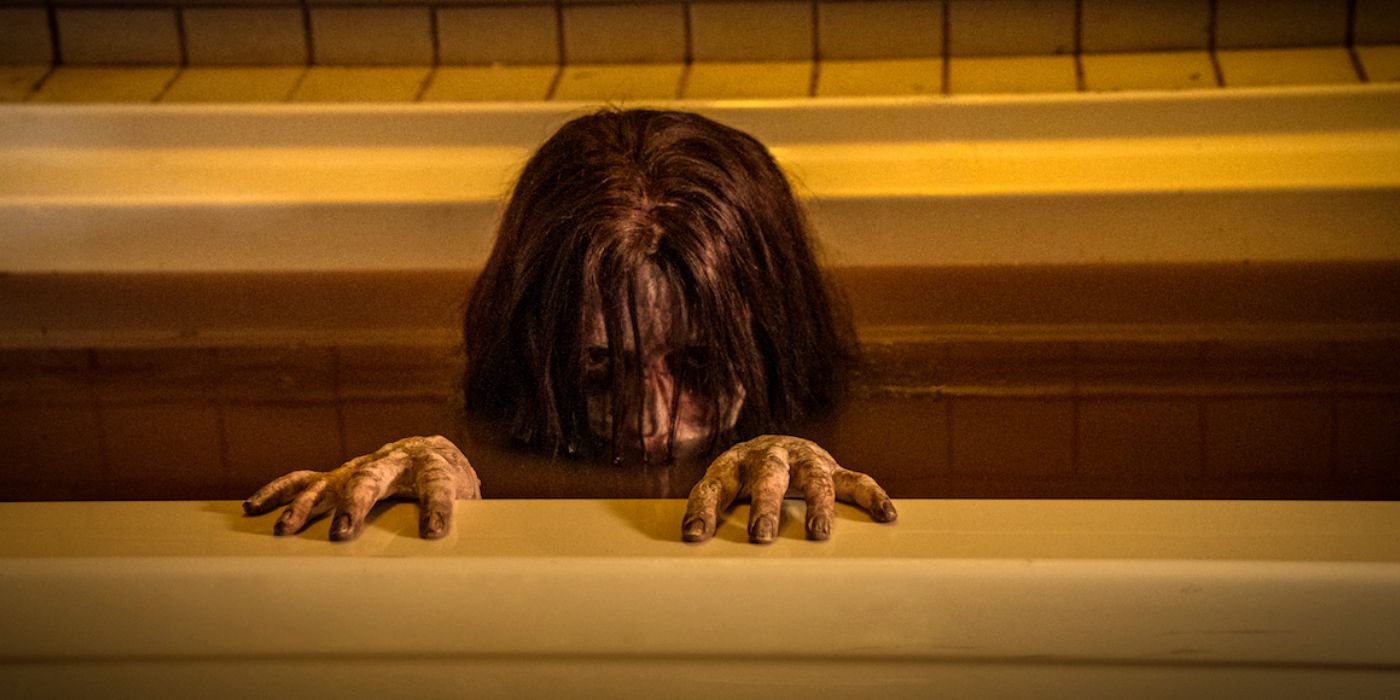
Takashi Shimizu’s original Japanese horror, The Grudge, has been subjected to various Hollywood remakes, ranging from the fairly decent to the sub-par. Nicolas Pesce’s rendition of The Grudge can be understood more along the lines of mainstream horror with arthouse aesthetics, which comes off as an odd combination when executed poorly. While The Grudge works well in terms of combining divergent narrative strands, which is emboldened by Andrea Riseborough’s naturalistic performance as Detective Muldoon, the film falls flat in the genuine scares department. The Grudge follows Muldoon, who investigates the death of a woman that is connected to a string of gruesome murders that seem to have a tie with a house in the woods. The owner Fiona Landers (Tara Westwood) seems to have brought the curse with her, unleashing the wrath of a demon, whose presence is neither scary nor compelling enough for longtime fans of the franchise.
14. Deep Blue Sea 3
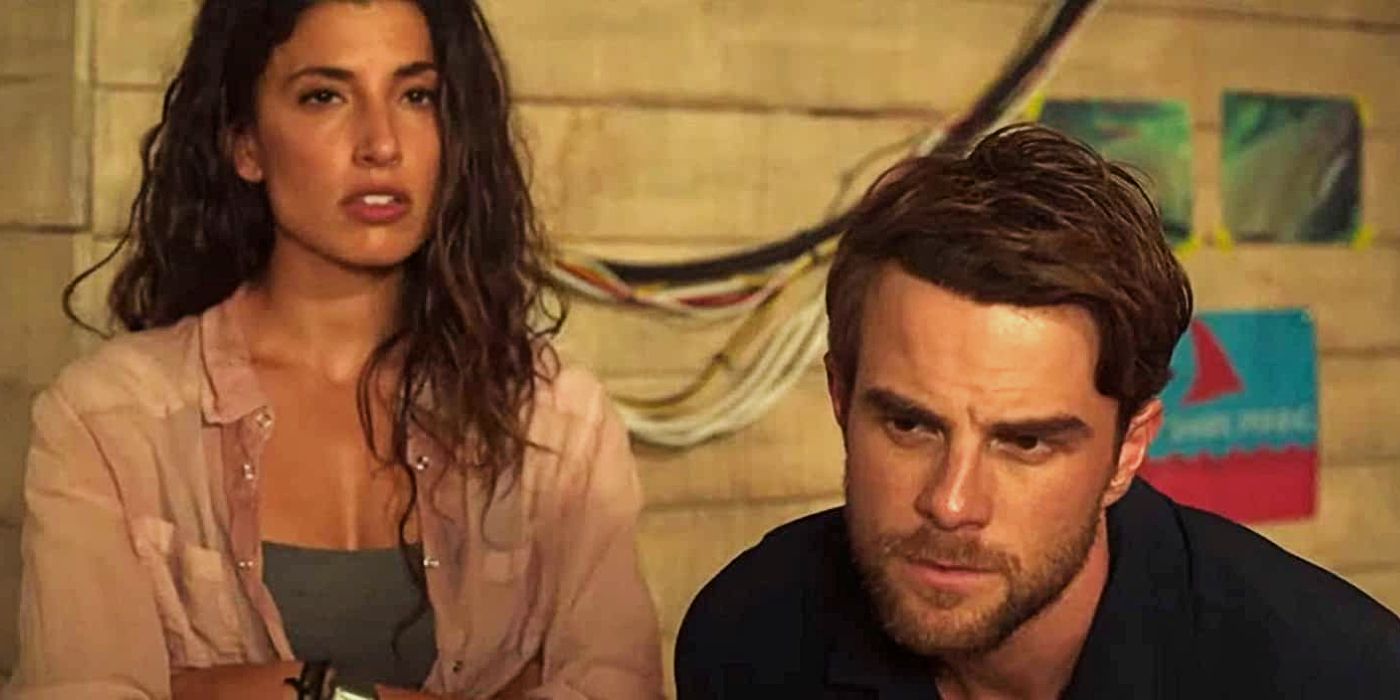
The third and final installment of the Deep Blue Sea series, Deep Blue Sea 3 banks upon a flimsy narrative of bull sharks causing grisly deaths, pitted against the backdrop of doomed-to-fail romance. Director John Pogue’s Deep Blue Sea 3 is undoubtedly an improvement on the utter vapidity of the second entry in the series but fails to amount to a genuinely thrilling shark movie. The film is helmed by Dr. Emma Collins (Tania Raymonde), who wishes to protect the Great White sharks, just like her father did before her. Chaos ensues when Emma and her team find out that three adult bell sharks are causing murderous mayhem on the island of Little Happy, and what follows is a convoluted plotline, featuring unconvincing performances and narrative contrivances. Nevertheless, fans of the genre might end up having a good time watching the wonky CGI sharks, as they seem to be the only highlight of the movie.
13. Evil Eye

This Welcome to the Blumhouse installment stars Sunita Mani as Pallavi, who is constantly reminded by her mother Usha (Sarita Choudhury) that she should get married. Evil Eye positions Pallavi as a cynic in terms of heartfelt romance, at least until she meets the charming Sandeep (Omar Maskati), who gradually exhibits behavior that can only be deemed as toxic and controlling. Things take a murkier turn when Usha tries to convince her daughter that beneath Sandeep’s caring exterior lies something inherently sinister. Despite this promising premise, Evil Eye mainly suffers from the one-dimensional portrayal of Sandeep, who imbibes all the clichés attributed to the abusive male stalker figure in movies. Apart from this, the film manages to build up a frenetic crescendo via Usha and Pallavi’s telephone conversations, which become more tense and urgent with time. All in all, Evil Eye is helmed by strong performances from the leads and chronicles the horrors embedded in abuse, and the infernal way in which it can linger within the mind.
12. The Lie
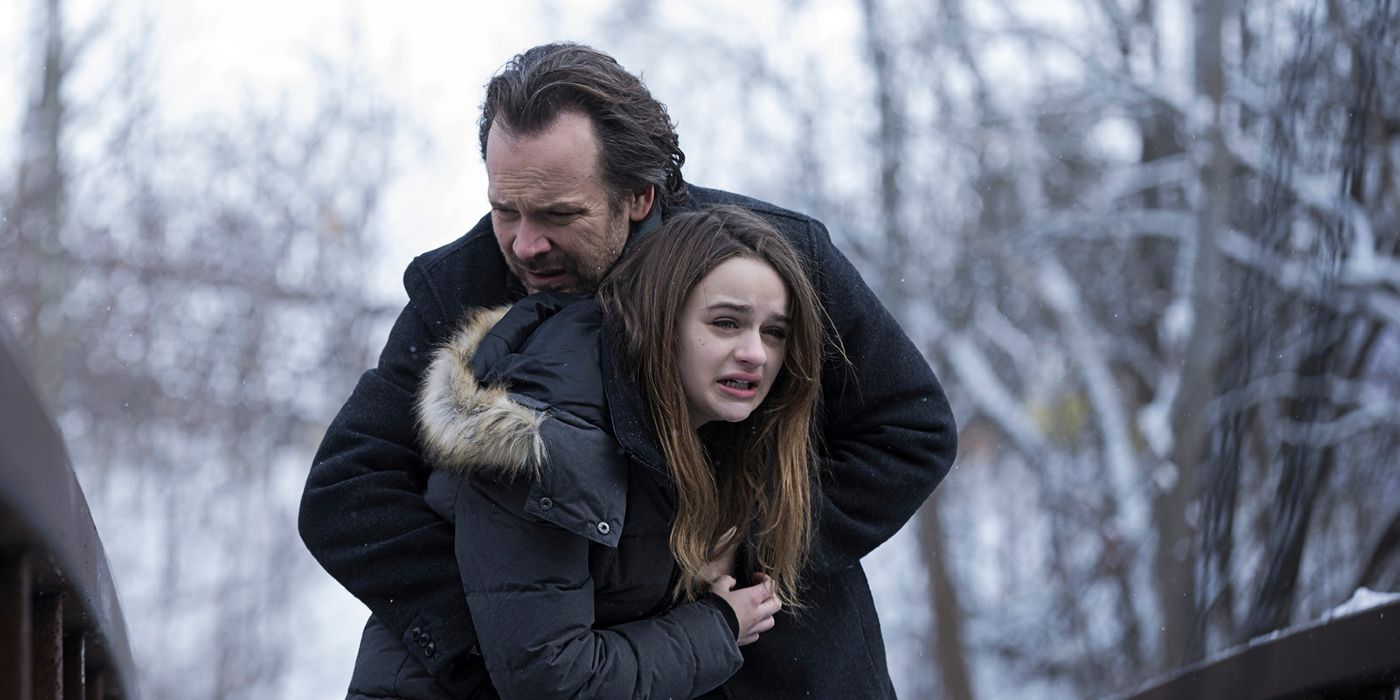
Director Veena Sud’s The Lie is centered on Kayla (Joey King), a teenager who ends up killing her friend Brittany by pushing her into an icy river. This sends her divorced parents, Jay (Peter Sarsgaard) and Rebecca (Mireille Enos) into a spiral of anxiety, and the two end up covering up for their daughter’s heinous crime. This decision cascades into a series of lies concocted by the family, which are soon uprooted from their shaky foundation once Brittany’s father questions her disappearance. Although this premise is as nightmarish as it gets, highlighting the extent to which morality can be a slippery slope for those wishing to protect a loved one, The Lie is not a nerve-wracking watch, although it should be. While it is alarming to see Jay and Rebecca make one questionable decision after the other, the film veers into the territory of the artificial and less believable, as the decisions do not seem to be grounded in reason or emotion.
11. The Rental
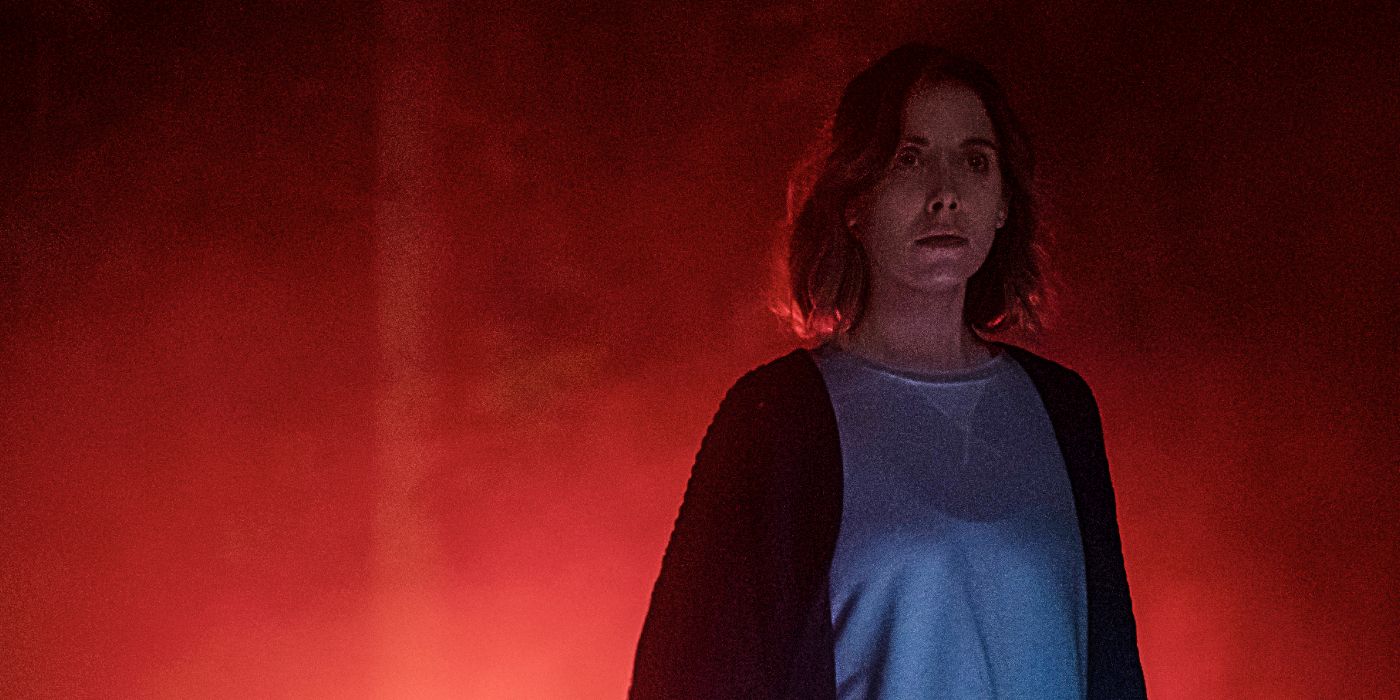
Dave Franco’s directorial debut, The Rental, explores the horrifying causal effects that spring forth from our actions, along with the horrors that we often inflict on one another. Inspired by a general sense of unease that pervades Airbnb rentals, The Rental focuses on two couples, Charlie (Dan Stevens) and Mina (Sheila Vand), who seem dangerously entwined together, and Josh (Jeremy Allen White), who is actually whom Mina is dating, as Charlie is married to Michelle (Alison Brie). Franco sets up their dynamic in a deliberately confusing manner, which is heightened when they decide to rent a gorgeous house for a getaway together. Once there, they end making an array of blunders that culminate into unexpected horrors. The Rental seems a bit too controlled in some respects, although it is also reflective of the confident vision that Franco has for every camera movement and atmosphere he creates.
10. Underwater
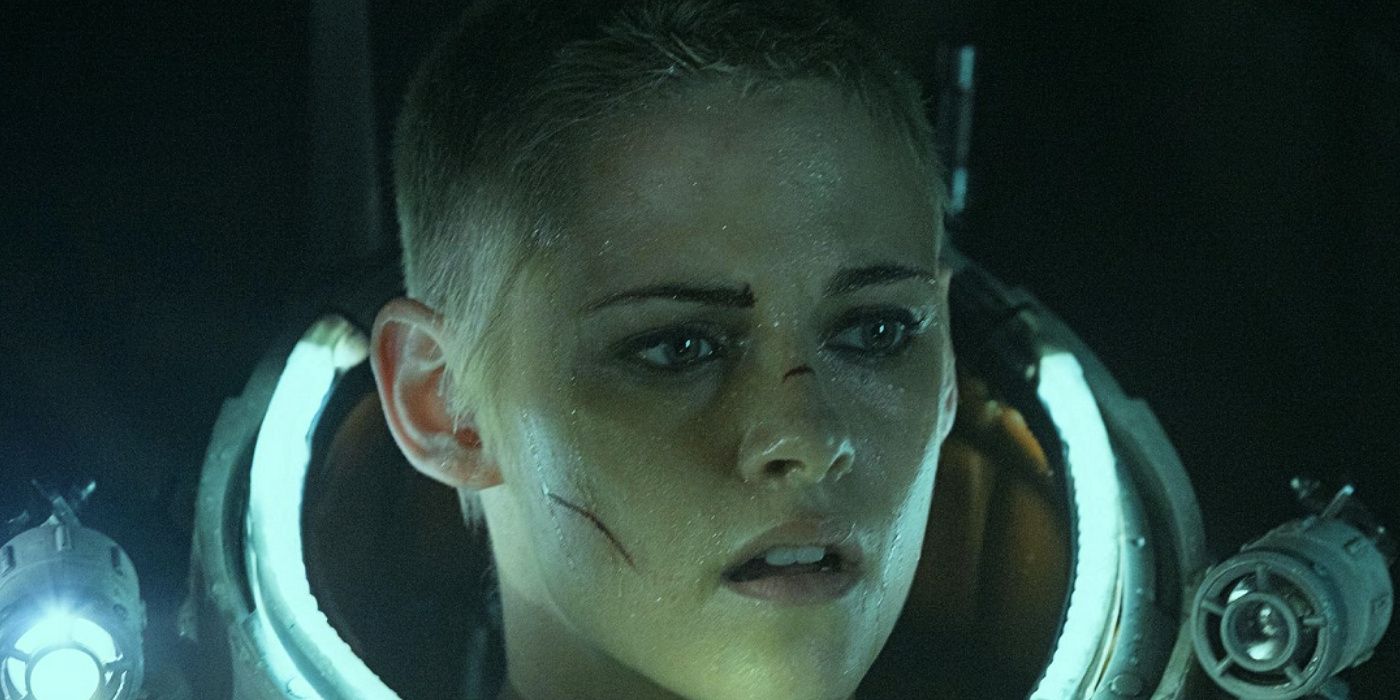
The titular issue with Underwater is its overt reliance upon the Alien formula, only adapted into a claustrophobic saga that takes place in the depths of the ocean. Underwater has a simple, yet effective setup, in which an underwater researcher, Norah (Kristen Stewart), finds herself in the mouth of danger when the hull of the underwater vessel starts to crack and explode. The opening sequences have an eerie, dream-like quality to them, wherein the crew is ambushed by a do-or-die scenario, as they need to walk a mile along the ocean floor to another site with the hope that there will be an escape pod for their survival. However, they soon realize that they are not alone, as an eldritch horror lurks amid the dense waters, creating an aura of tense suspense that could have amounted to so much more. While the final act of Underwater can be divisive for most, the film as a whole features stunning cinematography and incredible odds in a world that is almost inexplicable as space.
9. The Lodge
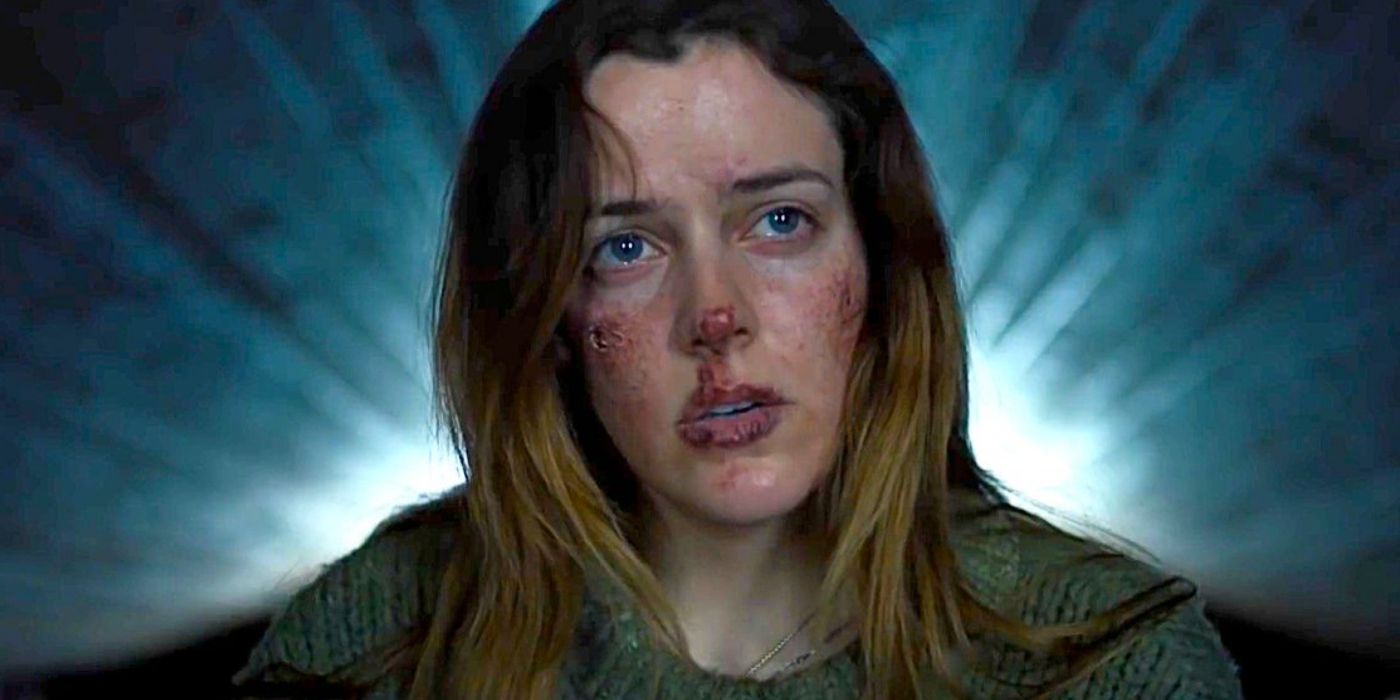
Veronika Franz and Severin Fiala’s The Lodge revolves around Grace (Riley Keough), who volunteers to spend quality time with boyfriend Richard (Richard Armitage) and his children (Lia McHugh and Jaeden Martell), who are still mourning their mother’s suicide, which took place in a remote cabin. The children understandably reject Grace’s attempts to comfort them, but when their father decides to leave them in her care, the siblings reveal their true emotions about Grace’s apparent connection to their mother’s death, along with her murky past with a cult. The Lodge is an odyssey chronicling the paranoia that sets in after loss, exemplified in the children’s predisposition for mistrusting their mother’s new girlfriend. However, reality becomes a slippery slope for Grace, who is tormented to the point of madness, and beyond, making The Lodge a thrilling watch.
8. Freaky
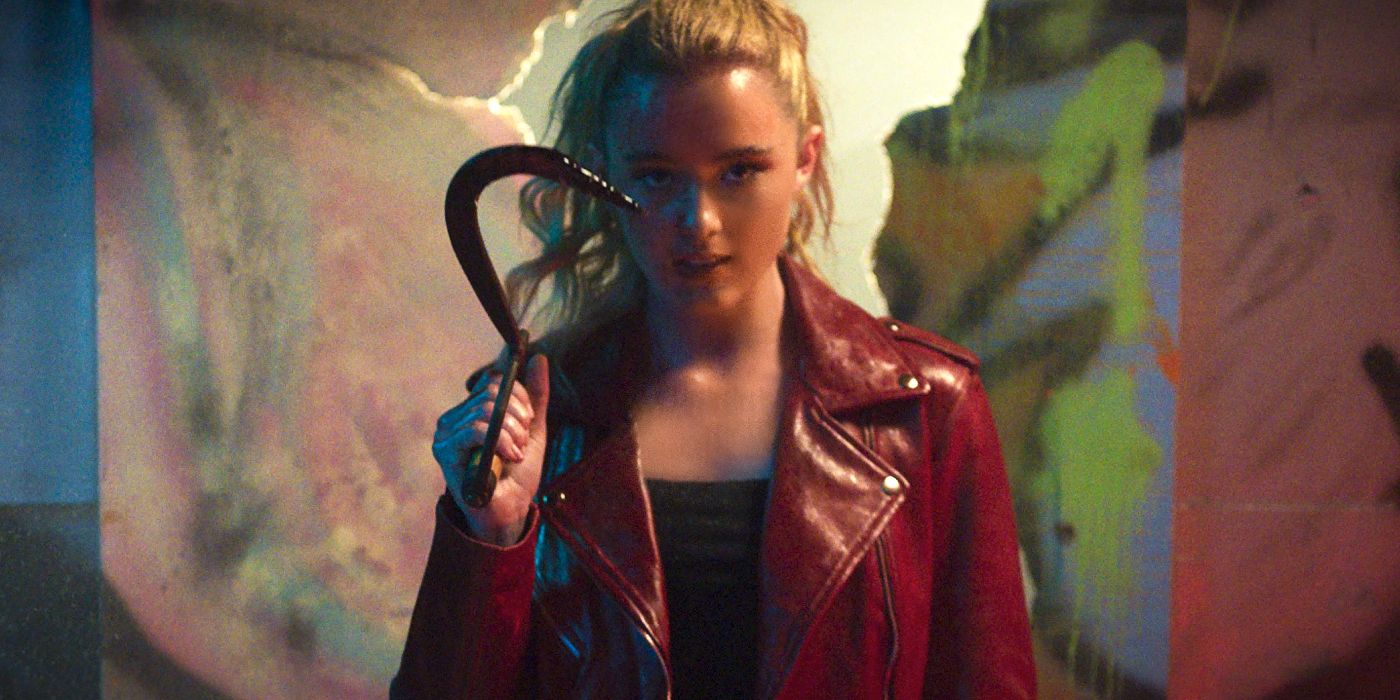
The dual tonality of the comedy-horror genre makes it difficult for such narratives to make a mark. However, that is not the case with Freaky, Christopher Landon’s throwback slasher, which is imbued with a plot that is particularly humorous, and helmed by likable characters. High-schooler Millie (Kathryn Newton) seems to be uncomfortable in her own skin while tackling the loss of her father, highschool bullying, and romantic rejection. After being chased by a hooded figure, who is in fact notorious local legend the Blissful Butcher (Vince Vaughn), Millie is stabbed with a magical dagger that causes their bodies to switch. Freaky is entertainingly gore-filled, especially when Millie finds a special sort of empowerment after the body swap, which leads to a string of retributive murders. The cast of Freaky manages to keep audiences entertained from start to finish, while the plot overturns hackneyed tropes into elements that are charming and thrilling at the same time.
7. The Wolf of Snow Hollow
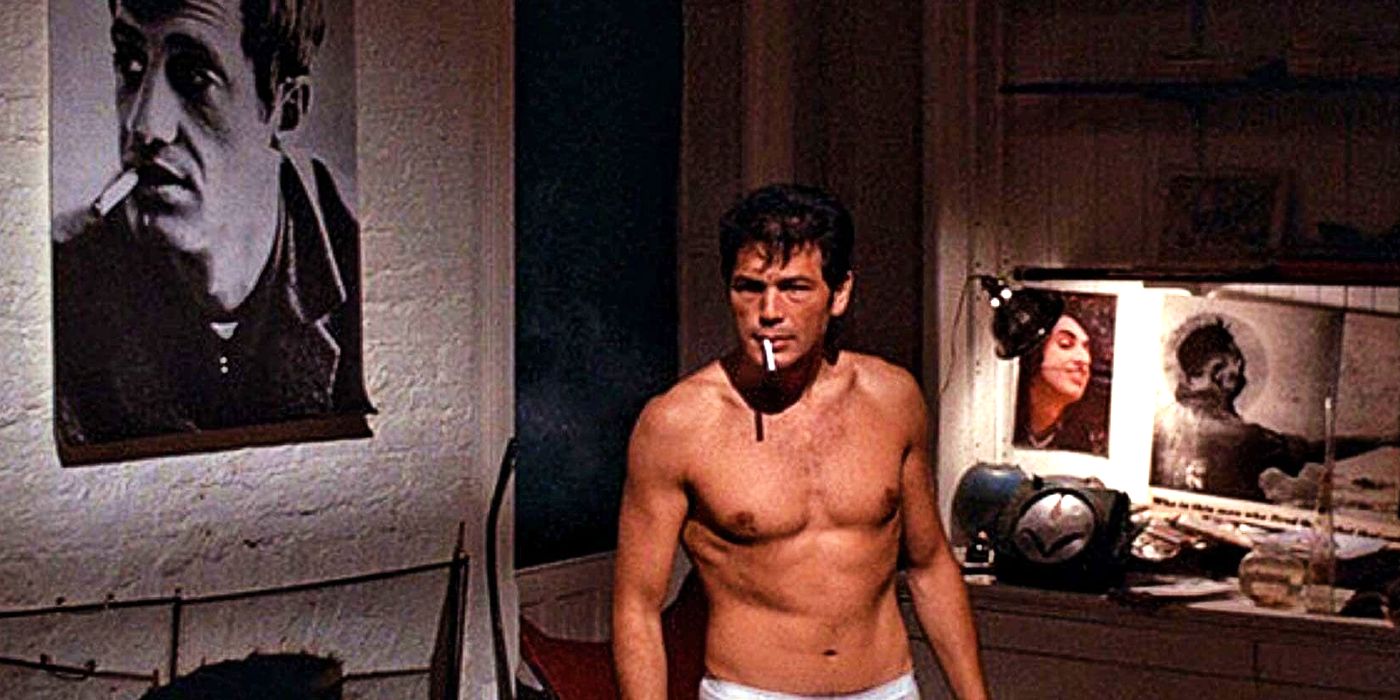
Director Jim Cummings introduced a unique brand of compelling drama mingled with bruising comedy with 2018’s Thunder Road. Cummings’ latest effort, The Wolf of Snow Hollow, is also not a run-of-the-mill horror-comedy, as the plot intersperses the two genres in a masterful manner, producing a horror entry that is delightful to behold. The Wolf of Snow Hollow zeroes in on PJ (Jimmy Tatro) and his girlfriend Brianne (Annie Hamilton), who rents a remote cottage in a snow-capped country. As PJ gathers the courage to propose, Brianne is shredded to pieces by an unknown predator at night, which leaves a giant pawprint behind. This incident startles the officers on-scene, especially John Marshall (Cummings), who is also the town sheriff, as he seems to be dealing with his own demons and an ailing father. This incident seems to be the starting point of a string of gruesome murders; the townsfolk speculate the presence of a murderous werewolf in the snowy hills. Apart from taut pacing and a chilling premise, The Wolf of Snow Hollow does a great job in evoking emotion with the use of visual poetry.
6. Black Box
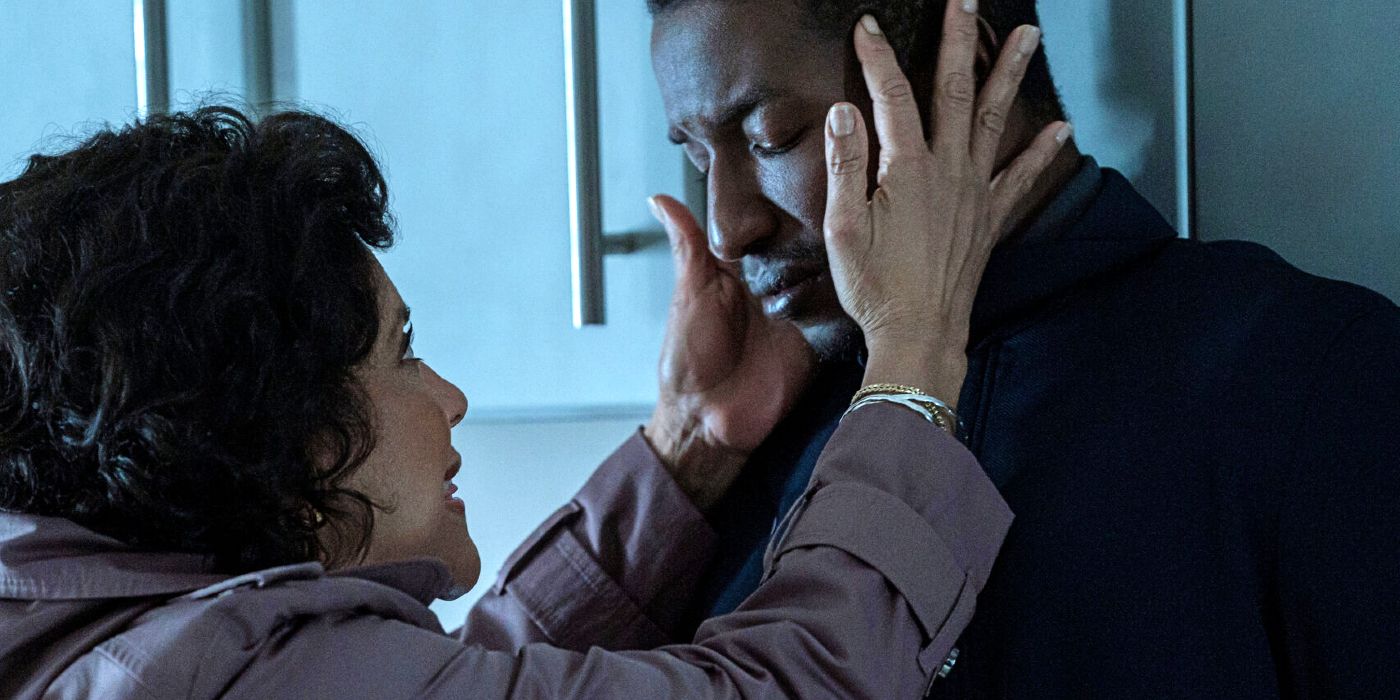
Black Box, the directorial debut of Emmanuel Osei-Kuffour, delves into the sheer psychological agony of an amnesiac, along with the obsessions of a mad scientist, culminating in a gripping lo-fi thriller that is worth the watch. The titular character, Nolan (Mamoudou Athie) survives a catastrophic accident that kills his wife, after which he constantly forgets little details about himself and those around him, especially his young daughter Ava (Amanda Christie), who tackles the situation with startling maturity. Over time, Nolan seems to be losing a grip on reality, as he is perpetually unsure of himself and what he stands for, which is exacerbated when he crosses paths with top neuroscientist Lillian (Phylicia Rashad), who is ominously gleeful during one of Nolan’s terrifying hypnotism sessions. Then on, a VR memory device that allows one to replay downloadable memories is introduced, pushing Nolan to the edge of sanity. Black Box tackles identity crisis with surprising nuance, raising key questions in our minds that are worth looking into.
5. Nocturne
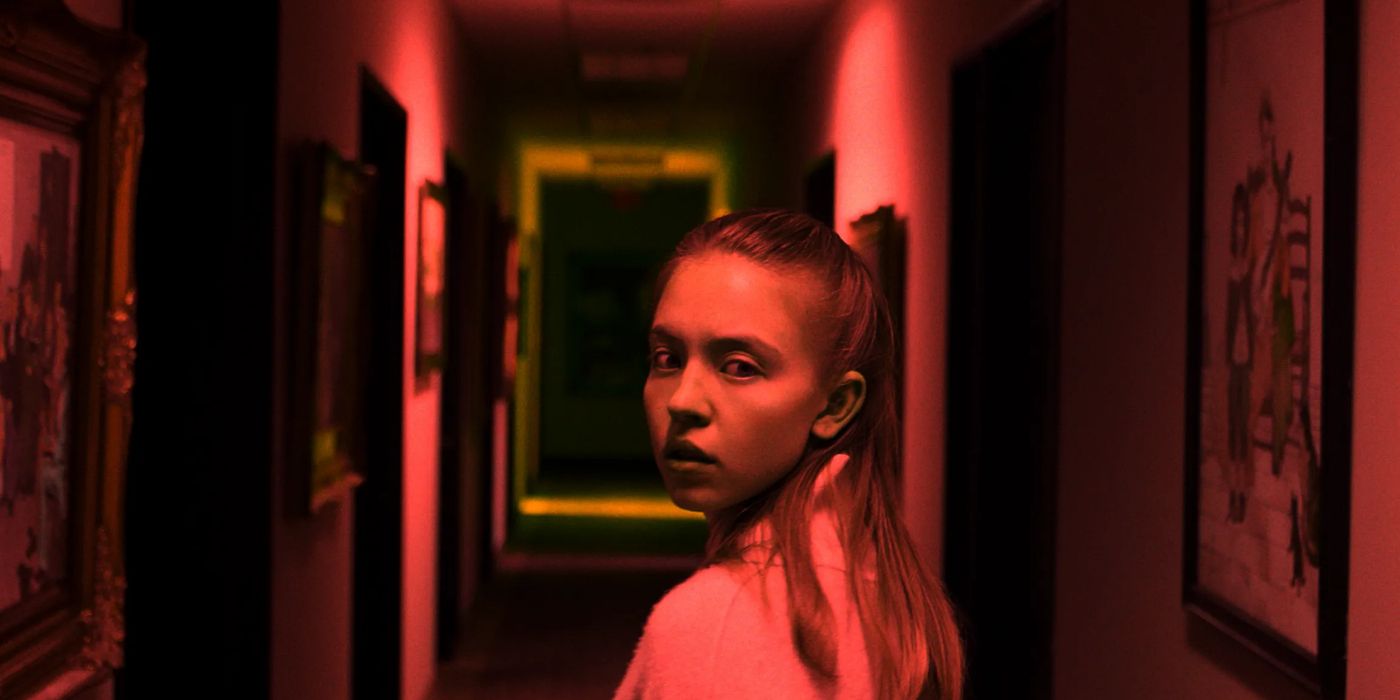
Zu Quirke’s Nocturne can be deemed the most compelling entry in the Welcome to the Blumhouse anthology, mainly due to its frenetic journey into the mind of a classical pianist pursuing greatness, echoing the wonders of films like Whiplash. Juliet Lowe (Sydney Sweeney) is haunted by the possibility of being trapped under the webbings of mediocrity, until she is faced with a Faustian bargain of sorts, in exchange for overnight skill and success. Needless to say, there is always a price to pay when it comes to shortcuts of a more sinister nature. One of the greatest strengths of Nocturne is its inherent symbolism and vivid imagery, which is displayed in startling medieval graphics that foreshadow Juliet’s road to madness. Sweeney imbues Violet with an otherworldly desperation, playing her with quiet, yet threatening intensity as she approaches her dreams. Nocturne might not be overtly scary in the conventional sense, as no pale apparitions lurk in the shadows, but it is a genuinely chilling foray into the depths of human desire, often taken to manic extremes that are undercut by a special brand of evil.
4. Synchronic
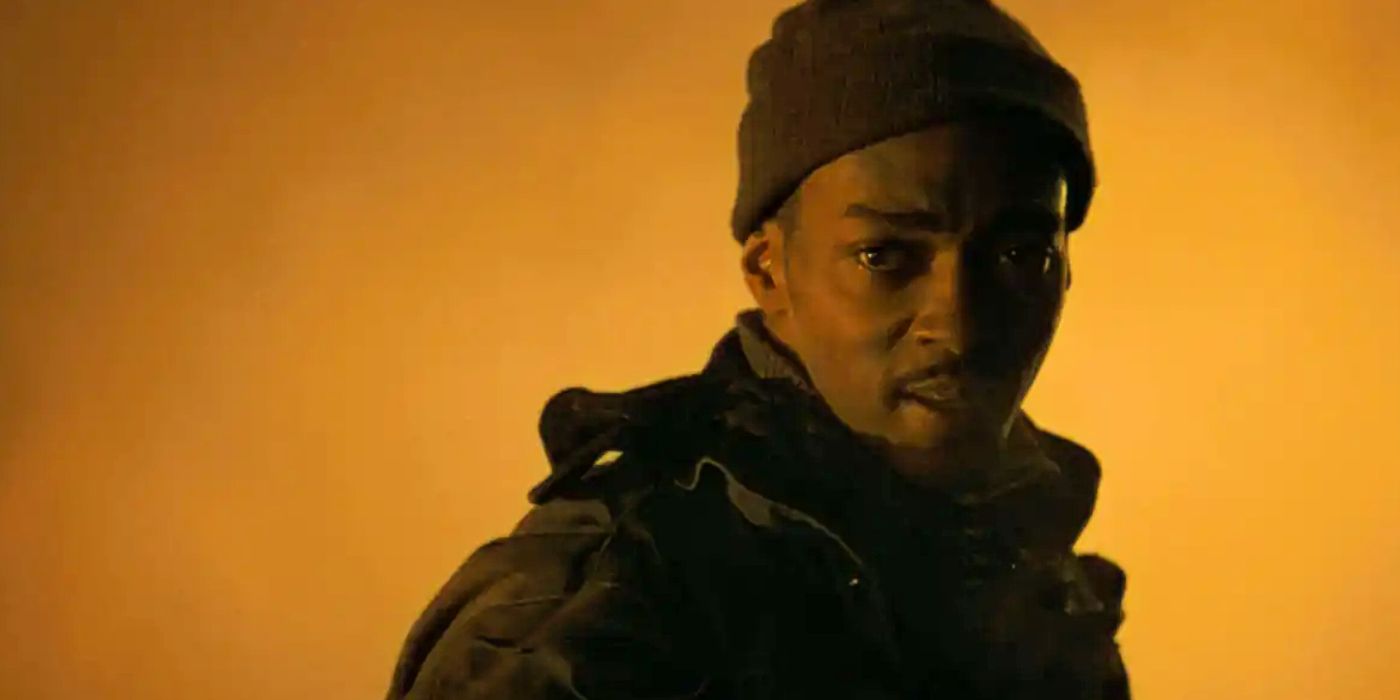
Drug-fueled sci-fi horrors often make for a mind-bending ride, especially if the intricacies of time travel are thrown into the mix. Justin Benson and Aaron Moorhead’s Synchronic checks both of these boxes, as it takes a deep dive into the lives of New Orleans paramedics Steve (Anthony Mackie) and Dennis (Jamie Dornan), who deal with a series of bizarre accidents. After the disappearance of Dennis’s eldest daughter, Steve stumbles upon a potent psychedelic that can alter the very fabric of reality and time. The primary reason why Synchronic shines is the immense cathartic nature of the work, exemplified in the journey of the leads, which is punctuated by an acute sense of impersonalized alienation. Mackie’s performance as Steve is especially poignant, granting a sense of intellectual weight to the story, which almost merges into the territory of full-blown cosmic horror.
3. Possessor
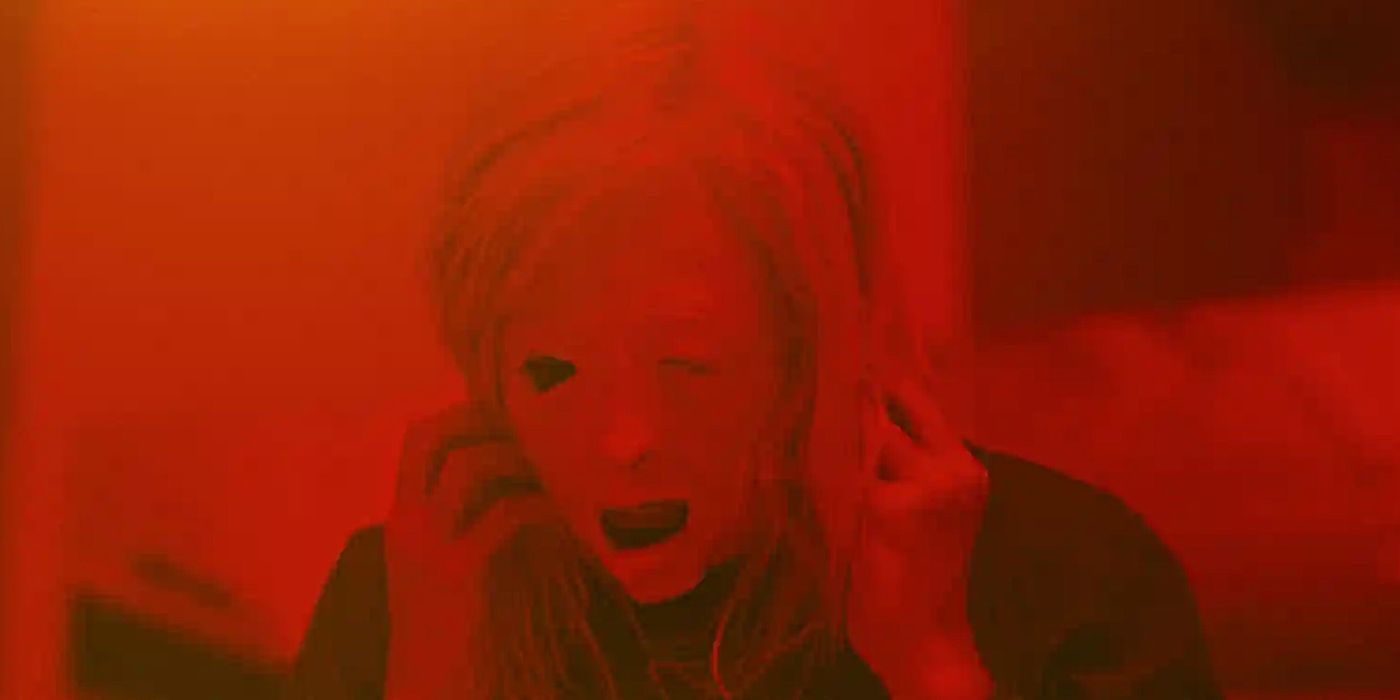
David Cronenberg is a master of horror, having added nightmarish depth to the genre through the likes of Scanners and Dead Ringers. His son Brandon Cronenberg’s latest effort, Possessor, positions him as a worthy contributor to the Cronenbergian legacy, as the film masterfully delves into the themes of elusive identity, the pitfalls of modern technology, and the utter madness that often resides within the human psyche. Starring Andrea Riseborough and Christopher Abbot, Possessor delves into the politics of identity hijacking, which is executed in an intensely visceral manner. The aesthetics of Possessor have echoes of Panos Cosmatos’ Beyond the Black Rainbow, mainly due to its saturated shots drenched in psycho-horror, mottled flesh, and glorious gore sequences which are akin to a harrowing, primordial scream.
2. Color Out of Space
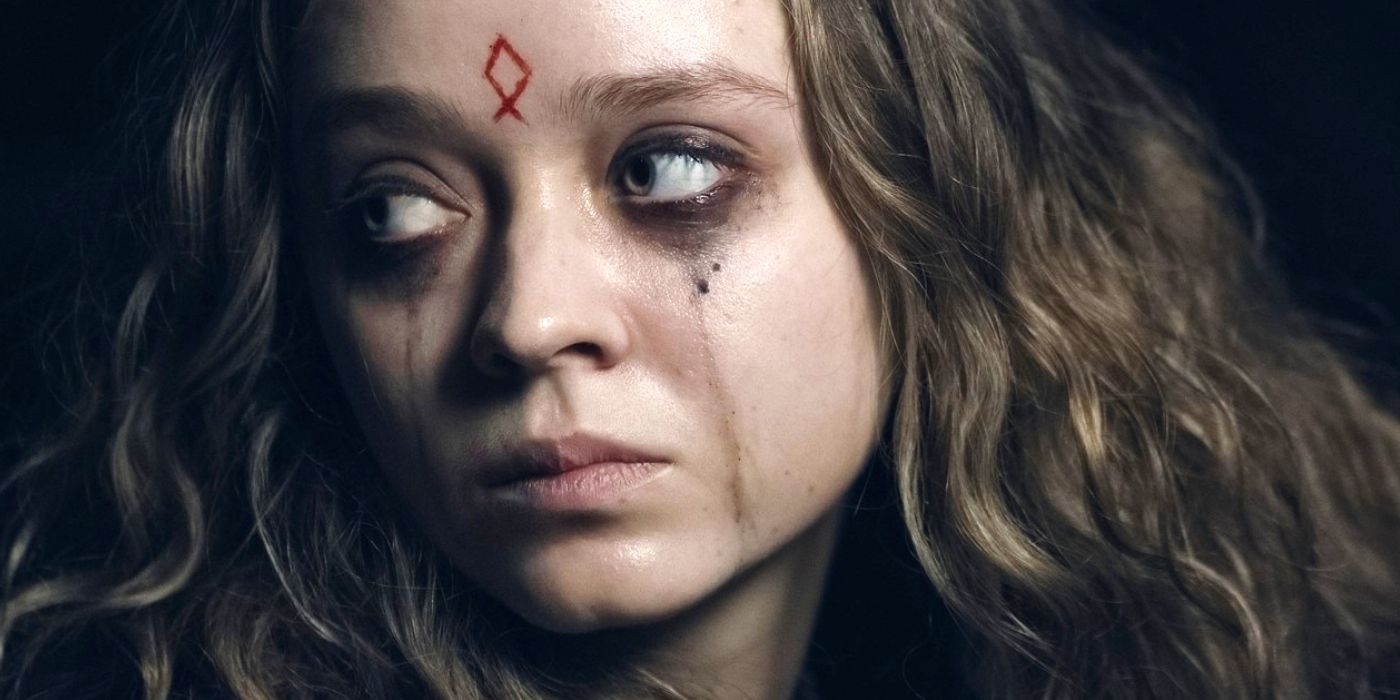
Taking inspiration from H.P. Lovecraft’s eponymous work, Richard Stanley’s Color Out of Space centers on the Gardner family, who have left behind chaotic city life in favor of a more bucolic existence. As Nathan (Nicholas Cage) looks forward to growing produce and raising alpacas, his wife Theresa (Joely Richardson) recovers from a mastectomy, and their children Benny, Lavinia, and Jack struggle to adjust to their surroundings. While things are not picturesque from the get-go, the Gardner family lives somewhat harmoniously, that is until a mysterious meteorite crashes into their front yard. This is followed by subtle, yet eerie changes – new, mysterious vegetation starts to crop up in the area, Jack seems to have a conversation with a disembodied presence inside a well, and an indescribable shade of Fuschia-pink pervades the landscape. Color Out of Space is a master adaptation of Lovecraftian horror, which is often difficult to translate on the big screen due to its inherent untranslatability. Atmospheric dread takes center place in Color Out of Space, manifesting in an accelerating manner until it consumes the seemingly-idyllic world of the Gardners.
1.The Invisible Man
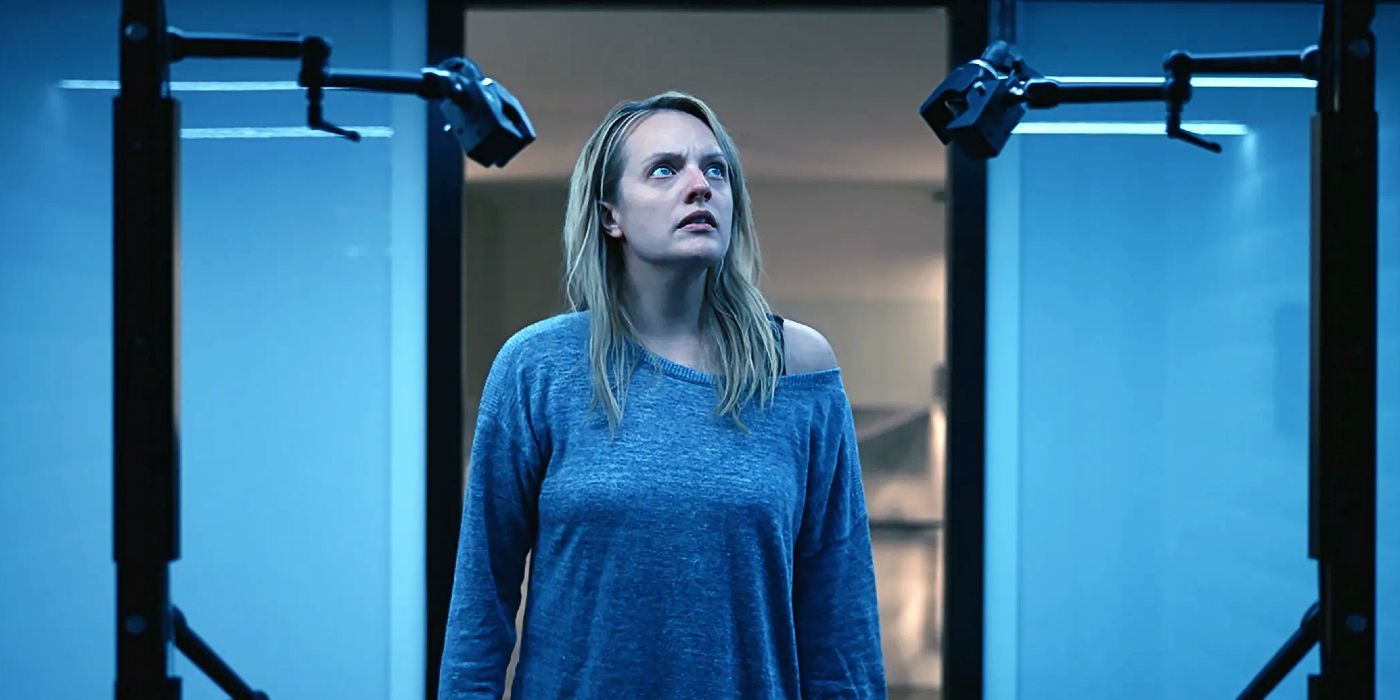
The Invisible Man is a deeply synesthetic experience, dripping with atmospheric dread, heightened by Benjamin Wallfisch’s haunting score, as it follows Cecilia (Elisabeth Moss), who is fresh out of an abusive relationship with wealthy scientist Adrian (Oliver Jackson-Cohen). Taking refuge in the home of her police officer friend James (Aldis Hodge), who lives with his teenage daughter, Cecilia is gripped in a mire of panic and anxiety, lest she is harmed by Adrian, who used to exercise immense psychological control and manipulation through their relationship. However, after Adrian is pronounced dead, Cecilia’s fears intensify – strange occurrences plague her at night, which are subtle at first glance – a slight, invisible push that sets an armchair swinging, a slightly-ajar door, and a puff of chilly breath on a cold morning. The true horror of The Invisible Man is its thoroughly mundane premise, dramatized into a fever pitch that leaves the audience flustered even after the film ends.
